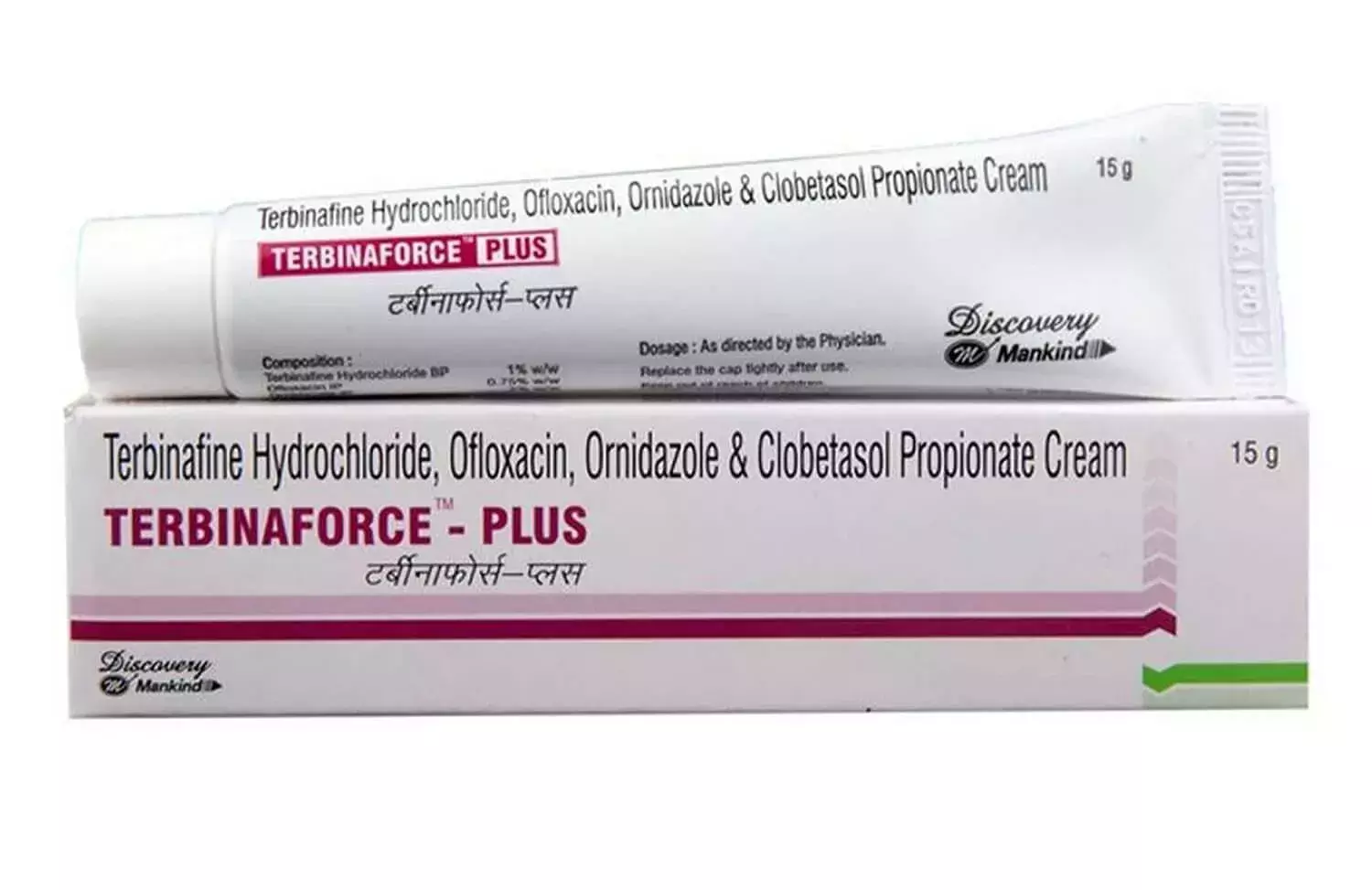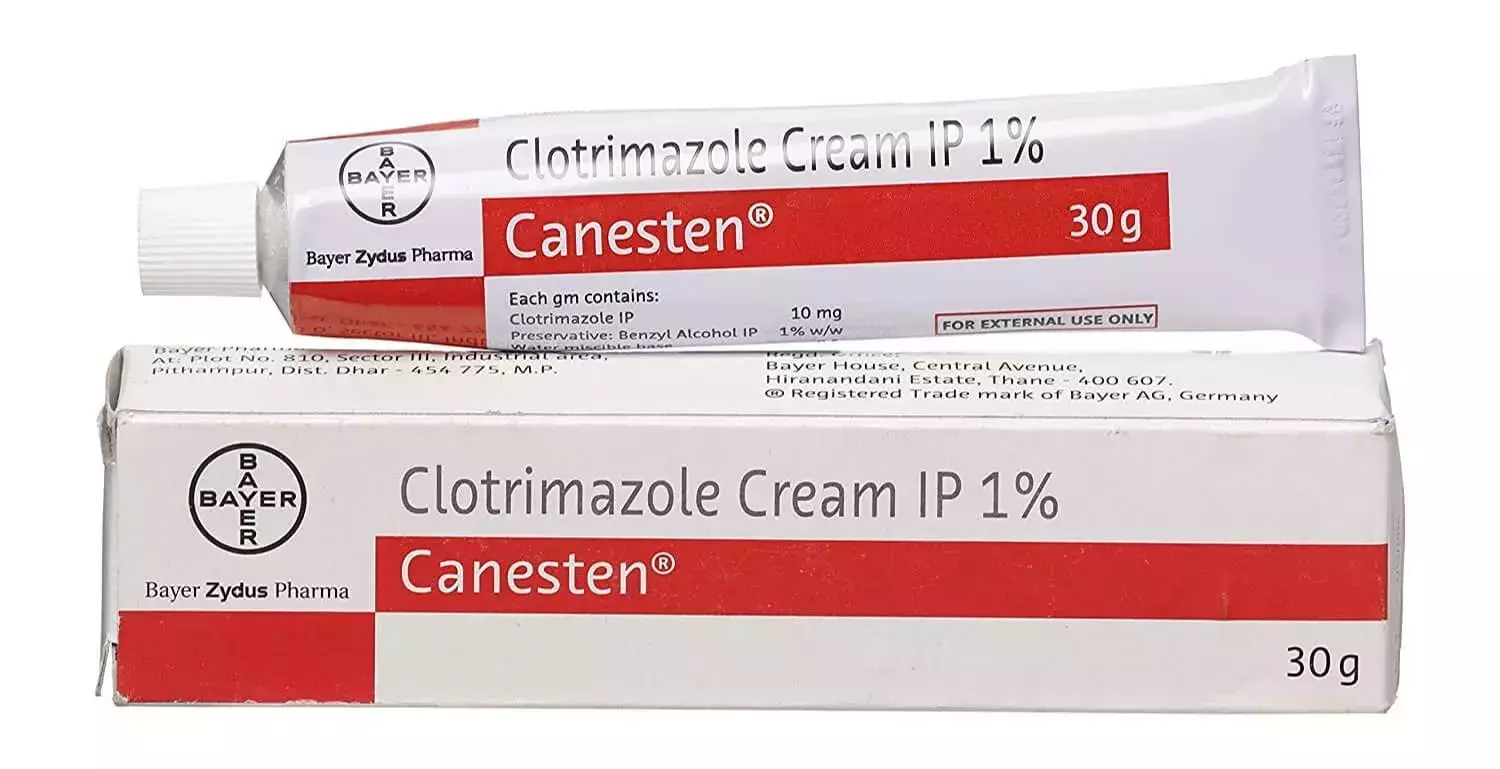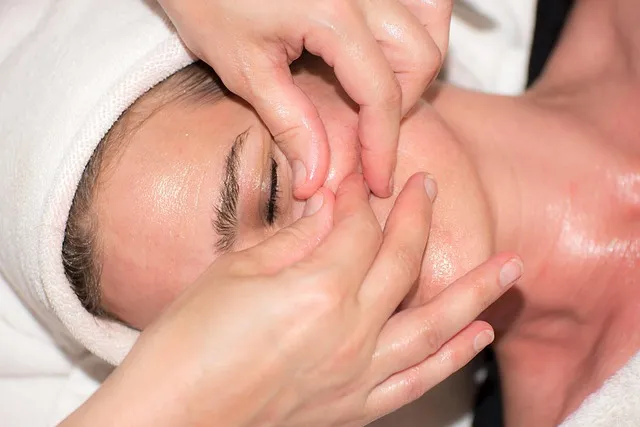Do you have a fungal infection? It's frustrating, isn't it? The best cream for fungal infections works differently for everyone. That's why we've decided to rank our favorite creams for treating fungal infections.
If you're searching for the best ointment for fungal infection, you'll want a cream that not only alleviates the symptoms but also prevents the recurrence of the infection. A good skin infection cream will target the fungus and offer relief from itching, burning, and other discomforts.
This article explains the best cream for fungal infections in India and everything you need to know about this condition!
5 Best Creams for Fungal Infections
Fungal infections are a widespread disease that affects individuals all over the world. If you have recently been diagnosed with a fungal infection, here are some fungal infection creams or medicines for skin fungal infections designed to treat such infections.
1. Ketoconazole
Ketoconazole creams are one of the best creams for fungal infections that are used to treat a variety of fungal infections. This is considered the best cream for skin fungus as it has no side effects—these creams work by inhibiting the growth of the fungi that are causing the infection. Ketoconazole creams are available in both over-the-counter and prescription formulations. Several ketoconazole creams are available on the market to treat fungal infections.
Here are three of the best ketoconazole creams available:
Nizoral, Xolegel, and Extra Nizoral are highly effective and affordable, but they cannot be very pleasant to the skin. Xolegel is less effective but more gentle on the skin, and Extra is the most effective but also the most expensive. Best antifungal creams are available over the counter and can be used to treat various fungal infections, including ringworm, athlete's foot, and jock itch.
Ketoconazole cream is a Popham for skin irritation. This can include redness, burning, itching, and dryness. If you notice any negative effects, discontinue using the cream and see your doctor. Other side effects of ketoconazole cream for fungal infection include headache, dizziness, and nausea. In that situation, you must consult a doctor.
It is important to note that ketoconazole cream can interact with other medications. If you are taking any other medications, speak to your doctor before using ketoconazole cream.
2. Terbinafine

It performs its effect by inhibiting the development of the fungus. The best fungal cream works by inhibiting the production of ergosterol, an essential component of fungal cell membranes. Some studies suggest that Antifungal medication like Morpholines and Terbinafine inhibits the conversion of lanosterol to ergosterol. Doing so disrupts the membrane and causes the fungus to die.
Terbinafine is a common fungal but the best cream for fungal infections. However, the usage of this product may be connected with several possible harmful effects. These can include nausea, diarrhea, liver problems, and hair loss.
Some people may also experience a rash or an increase in blood pressure. Before taking terbinafine, it is important to be aware of these potential side effects and to report any problems to your doctor.
The benefits of using the best cream for fungal infections in India include its being a very effective antifungal agent. It is also relatively safe and well-tolerated.
However, there are a few risks associated with its use. These include the potential for liver toxicity and the fact that it can interact with other medications.
3. Miconazole
Miconazole is a topical cream used to treat fungal and yeast infections. It comes in various formulations, including a 2% cream, a 4% cream, a 1% powder, and a 7% ointment. The cream should be applied directly to the skin and is usually effective in treating the infection within a few days. There are many benefits to using miconazole cream, including the following:
-
The fungal infection cream is effective in treating a variety of fungal infections.
-
The cream is easy to apply and is non-irritating.
-
It is available without a prescription.
-
The strongest antifungal cream is affordable and can be purchased over the counter.
-
Miconazole is safe and does not cause harmful effects.
Some possible side effects include skin irritation, burning, and itching. In some cases, miconazole cream can also cause a skin rash. If you experience any complications, discontinue use and speak to your doctor.
4. Econazole
Econazole works by killing the fungus that is causing the infection. It is most often used to treat skin infections, although you can also use the best fungal infection cream to treat nail infections.
-
Econazole is effective against a variety of fungi, including Candida and Aspergillus.
-
It is most often used to treat skin infections, such as athlete's foot, ringworm, and jock itch.
-
You can also use it to treat vaginal yeast infections.
-
It is available by prescription only.
While it is generally safe and effective, some potential side effects can occur. These can include skin irritation, headache, nausea, and vomiting. More serious side effects can occur in rare cases, such as Stevens-Johnson syndrome. Anyone taking econazole should be aware of these potential side effects and report any problems to their doctor.
5. Clotrimazole

Many creams are available to treat fungal infections, but clotrimazole cream is often considered one of the best antifungal creams for the face. It is available over the counter. Clotrimazole is effective against various fungal infections, including athlete's foot, ringworm, and candida. This cream comes in various forms, including a vaginal cream and a cream applied to the skin.
Clotrimazole is generally safe to use, but some side effects can occur. The most common side effects are skin irritation and a burning sensation. More serious side effects can occur in rare cases, such as an allergic reaction. Anyone who experiences side effects while using clotrimazole cream should stop using the medication and consult a doctor.
Types of Fungal Infections
The most common types of fungal infections include
-
Ringworm
-
Jock itch
-
Candida
-
Aspergillus
-
Diaper dermatitis
-
Blisters
Fungal infections, like athlete's foot and jock itch, can affect the skin, nails, hair, and genitals. Fungal infections are extremely common, and unfortunately, there isn't much that can be done about them if caught early. There are various fungal infections, some of which can be more serious than others. While there are many causes of fungal infections, some are due to poor hygiene and personal hygiene habits.
Other symptoms may include scaling of the skin, cracking of the skin, and swelling. An athlete's foot is a fungus that grows on the feet, between the toes. It causes itching, burning, and scaling. Ringworm is a fungus that causes skin, scalp, and nail problems. It causes a ring-shaped rash on the skin. The fungus that develops in the vagina causes yeast infections. They cause itching, burning, and discharge.
Causes of Fungal Infection
Infections caused by fungi occur mainly on the skin, especially the feet and hands. Fungi thrive in warm moist areas with little or no ventilation, such as between toes or fingers. These areas may be particularly susceptible to infection because they do not dry out easily and do not have any means of keeping away dust particles from entering through cracks in the floor or wall around them.
What are the Best Ways to Treat Fungal Infections?
There are a variety of different ways to treat a fungal infection. Some people may take over-the-counter medications, while others may opt for prescription medications. Several home remedies, such as apple cider vinegar or garlic, can also prove beneficial in treating a fungal infection.
It is essential to consult a doctor before starting any treatment to ensure the treatment is appropriate for the specific infection.
|
Did you know? Over 300 million people worldwide are afflicted with a serious fungal infection annually, and of these, approximately 1.6 million succumb to their infections. |
How to prevent fungal infections?
Preventing fungal infections is crucial, especially if you are prone to them. By adopting a few simple habits, you can significantly reduce the risk of developing these uncomfortable and sometimes serious conditions.
Using the best fungal infection cream and keeping areas prone to moisture dry and clean can help maintain the natural balance of your skin and ward off infections. Additionally, the best tube for fungal infection can be a handy and effective treatment to have in your medicine cabinet for early intervention at the first signs of an infection.
Here are some key preventive measures laid out in a simple table format:
|
Preventive Measure |
Description |
|
Keep Skin Dry and Clean |
Moisture is a breeding ground for fungi. Keep your skin dry, especially in folds and areas prone to sweat, to prevent overgrowth. |
|
Use Antifungal Products |
Regular use of products like antifungal powders can help prevent the growth of fungi, especially in hot and humid weather. |
|
Change Wet Clothes Quickly |
Wet or sweaty clothes create a perfect environment for fungal growth. Change them as soon as possible to keep skin dry. |
|
Wear Breathable Fabrics |
Choose clothes made of natural fibers like cotton, which allow your skin to breathe and reduce moisture buildup. |
|
Maintain Good Hygiene |
Regular washing of the body and clothes helps remove potential fungal spores, reducing the risk of infection. |
By following these guidelines and using the right preventive products, you can protect yourself from fungal infections effectively.
Conclusion
The creams that we have recommended are all effective in treating fungal infections. If you are suffering from a fungal infection, we suggest you try one of these best creams for fungal infections. There is no one-size-fits-all answer to the question of Which cream is best for fungal infection, as the best fungus cream will vary depending on the specific type of fungus causing the infection.
Frequently Asked Questions
What is the best cream for fungal infection in private parts for males?
For male private parts, a cream that offers a strong antifungal agent with soothing properties is ideal to reduce symptoms and eradicate the infection efficiently.
Which ointment is recommended for general fungal infections?
The best ointment for fungal infection should contain active ingredients like clotrimazole or miconazole to effectively treat a range of fungal skin conditions.
What should I look for in the best antifungal cream?
A top antifungal cream will not only suppress the infection but also provide relief from itching and irritation, ingredients such as terbinafine are highly effective.
Which skin infection cream is good for daily use?
Look for a skin infection cream that is gentle on the skin, free from harsh chemicals, and designed to maintain skin health while preventing fungal growth.
How do I choose the best antifungal cream for private areas?
Select a cream specifically formulated for sensitive areas; these will be hypoallergenic and designed to treat infections without causing irritation.

Reviewed by







